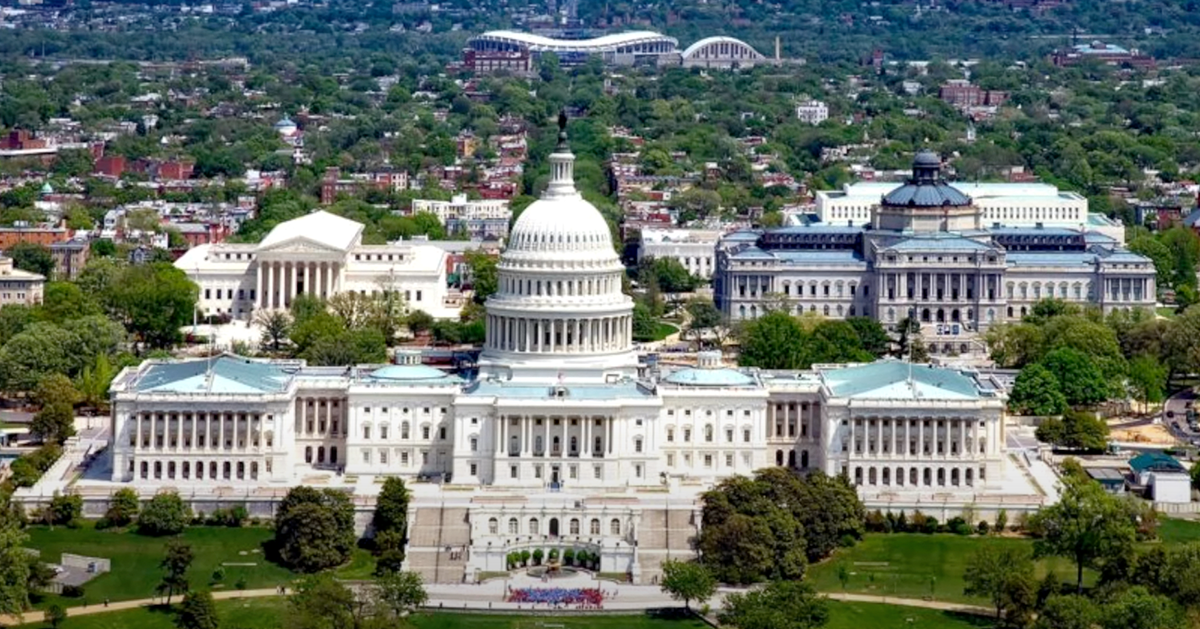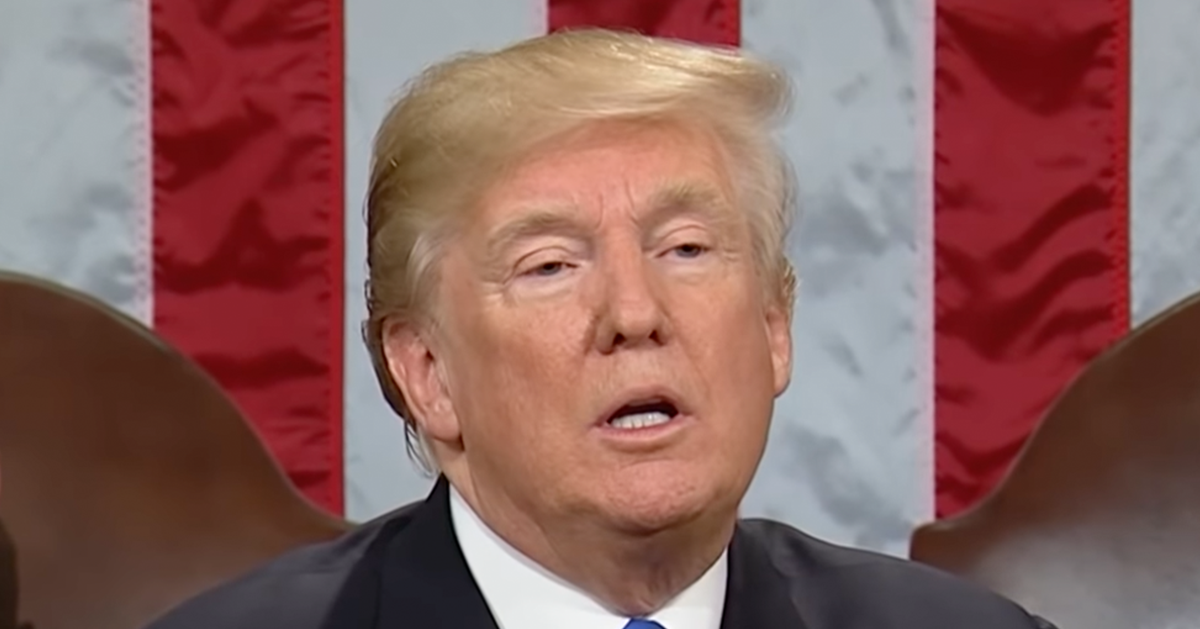Trump administration targets artificial food dyes for removal from food supply
In an effort to make foods healthier, the Trump administration is aiming to gradually remove certain synthetic dyes from the nation's food supply.
The initiative, led by Health and Human Services Secretary Robert F. Kennedy Jr., intends to eliminate artificial colorings from foods in line with a broader health push, as the New York Post reports.
The commitment to cut out petroleum-based dyes follows the earlier prohibition of Red 3, a dye associated with cancer risks, under the previous Biden administration. Red 3's ban, initiated in January, will take effect in 2027, reflecting the administration's emphasis on public health.
The plan to phase out artificial food colors will formally be presented by Health and Human Services (HHS) and the Food and Drug Administration (FDA) on Tuesday. It's part of the comprehensive Make America Healthy initiative. This step introduces the latest chapter in American food safety policy, aiming to tackle concerns associated with these additives.
New food safety measures on tap
Kennedy has been vocal about the potential risks of synthetic food colors, advocating for the removal of an additional eight dyes still prevalent in various products like cereals and sweets.
His assertion that Red 3 was hazardous was once dismissed as conspiratorial. Now, however, his concerns have been validated with official acknowledgment from the FDA.
While it focuses on consumer wellness, the initiative reflects global safety practices, as other countries, including the European Union and Australia, have long imposed restrictions on artificial dyes. Such practices stem from health concerns reported in various scientific evaluations.
Studies have pointed to a correlation between synthetic dyes and behavioral issues in children, such as hyperactivity. These findings further motivate the administration's decision to move forward with the ban. Notably, West Virginia has also taken measures, having recently outlawed seven such dyes.
Industry raises concerns over impact
The planned changes have raised alarms within the industry. The National Confectioners Association expresses apprehension about higher food prices and a diminished variety in grocery offerings due to impending regulations. These forecasts reflect a potential adjustment period for food manufacturers as they adapt to new guidelines.
On the corporate end, voices like Charles Leftwich of Sysco Corp. advocate for homogeneous standards in food safety, cautioning against what he labels a fragmented regulatory environment. He suggests that inconsistency across regions could erode consumer trust.
Despite industry worries, Kennedy Jr. remains firm in his objectives. Addressing past skepticism, he views the FDA's acknowledgment of Red 3's risks as a validation of earlier warnings. He proposes that the transition away from synthetic dyes will ultimately lead to a healthier population.
Global perspective on food safety emerges
Worldwide, the approach to food additives has evolved as scientific understanding expands. The decision to phase out these compounds in the U.S. fits into a larger global trend of prioritizing consumer health over convenience in food production.
Public health advocates argue that the long-term benefits of adopting safer food standards outweigh the adjustments needed by manufacturers. With wide international corroboration, the U.S.'s alignment with these practices is seen as a step towards reinforcing a protective food safety net.
As the initiative unfolds, the administration will likely face ongoing dialogue with stakeholders to ensure a transition that accommodates public safety while addressing industry needs.
The complexity of the subject will require management from both regulators and industry leaders to achieve a balanced outcome.
What comes next?
The upcoming planned phase-out marks a significant move in domestic food policy, emphasizing the establishment of environments less conducive to health risks. It also sends a clear message about the nation’s dedication to elevating consumer protection standards.
While the road forward may present challenges, the clear trajectory is towards a structured improvement in the quality of food Americans consume. As the campaign progresses, ongoing assessments of its progress and impact will be essential to navigate this transformative domain.
This concerted effort reflects a tide of focus on understanding and mitigating the potential dangers presented by synthetic elements in food. In doing so, it secures a future where food safety and public well-being are prioritized in policy-making.






